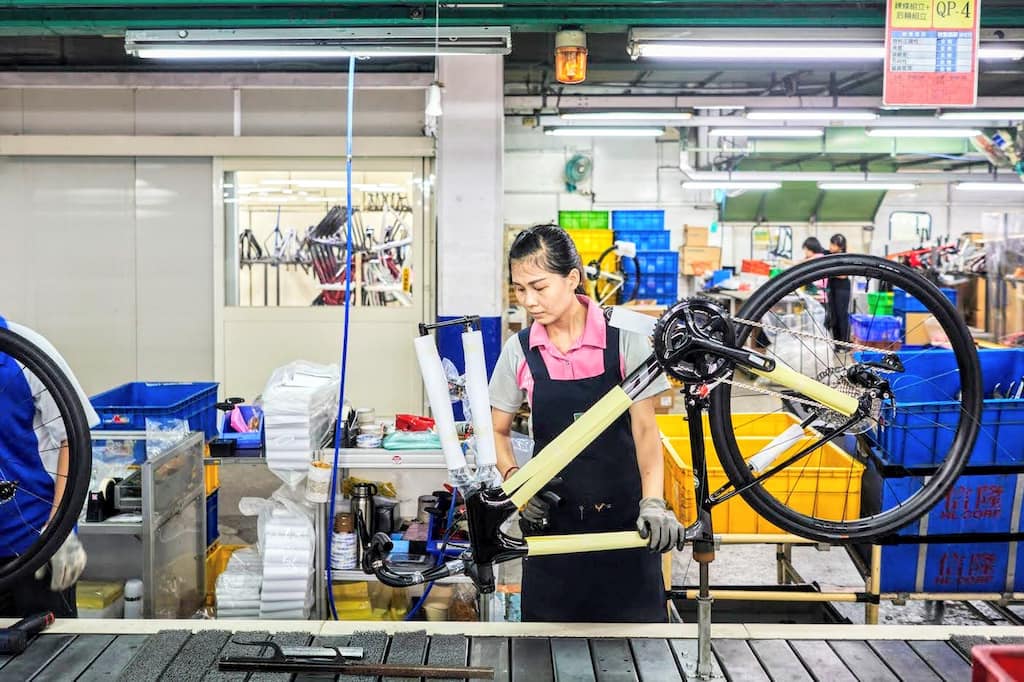
People’s mobility is increasing day by day. They are moving from one place to another. This has enhanced the chances of growth in global warming and disturbing the overall ecology.
As a result, a sustainable way is required to solve this problem with greater reliance on green mobility in which fossil fuel need not be used. Here, E-Rim holds the key. It is the perfect eco-friendly choice for commuters.
It comes with some differences when compared to e-bikes. It is a pedal assist wheel. One can snap in place of the bike wheel. It gives the option to select between a pedelec core-bike and a normal bike.
E-Rim has developed the 4-in-1 design that does away with the dependency on wires and other issues that makes the system complex. E-Rim has a built-in battery. Subsequently, it is like using a snap-on device that changes a normal bike into a pedelec e-bike.
E-Rim packs under that small compartment and a hub and a 200W BLDC motor with a 188/252 Wh battery, all under a single umbrella. It uses AI, IoT, EV and ECO ensuring seamless ride.
The E-rim electric wheel has been certified by EN15194:2017.
Why Should One Opt for the E-Rim?
In normal cases, a bicycle would require pedalling which turns out to be quite strenuous for the human body. Whereas, E-Rim can smoothen such moves in climbing up or going uphill.
While pedalling is physically strenuous, the pedelec solves this problem. This helps one to commute or move from one place to another. In fact, 40% of the world’s population has already switched over to pedelecs for their day to day work.
E-Rim now is in expansion mode globally. It is joining hands with the SOLID YEAR Group (TWSE:6737) in the angel fund stage. They are going to make their debut in Q4 this year. E-Rim is also planning for an A-round fund-raising to help the company expand to larger markets.
Conclusion
E-Rim has many positive aspects that can help the riders. It is a major mode of e-mobility which, in turn, saves carbon emission and ensures safety of the planet by enhancing its sustainability.
At a juncture when the governments in most of the countries stress the need for introducing electrical and efficient green energy transport systems for sustainability, E-Rim comes as a major option for commutation. Journeys are much more safe, comfortable and easy using an electric bicycle.
In fact, sustainability now is a global goal in which most of the countries are engaged. This has led to the surge in demand for sustainable e-bikes all across the world. There also is global awakening in improving the public transportation system with focus on less emission. Here, E-Rim can indeed play a major role.
digitaljournal.com link https://bit.ly/3ywyxuT
